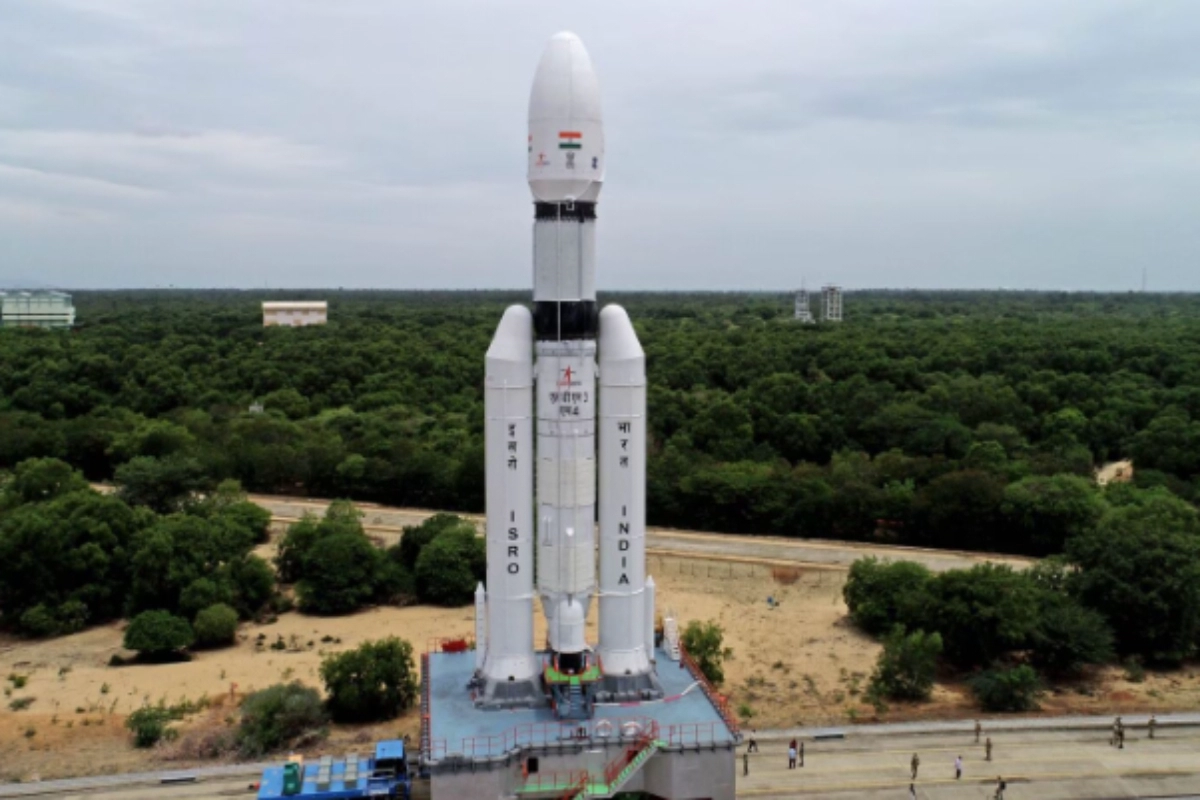Chandrayaan 3: The Indian Space Research Organisation (Isro) is getting ready to revive the Vikram and Pragyan lander and rover modules from the Chandrayaan-3 project after a lengthy and chilly 14-day lunar night. The solar panels on Vikram and Pragyan may now be powered up because the sunlight has returned to the Shiv Shakti Point in the South Polar area of the Moon, where the modules are stationed. Temperatures plummet during the lunar night, which lasts for roughly 14 days on Earth, making it significantly colder than the winters in Antarctica. The equipment aboard the mission faces severe risks to its survival and performance due to this high cold.
ISRO’s meticulous preparations for Vikram and Pragyan’s revival in the face of lunar challenges
But ISRO experts have been painstakingly striving to guarantee the modules’ successful revival. Before the lunar nightfall, the Chandrayaan-3 mission’s Vikram Lander and Pragyan Rover were switched into sleep mode. Their solar panels were positioned to receive light at dawn, and their batteries, which were powered by sunshine, were left charged. For the following 14 days until they receive sunshine once more, these solar panels are essential in producing the energy needed to charge the battery. On September 21 and 22, during the lunar sunrise, an attempt will be made to reawaken the instruments. ISRO expressed optimism that the machinery would restart on September 22.
A potential turning point in lunar exploration
If successful, it would be a tremendous step forward in space exploration, proving that people can live and work in the hostile lunar environment. The main goal of the Chandrayaan-3 mission was to soft-land on the Moon and examine the lunar surface’s aspects, particularly its temperature characteristics and the topsoil’s surface constituents. Since August 23, the Pragyan rover has been operating and accomplishing its mission goals. Vikram and Pragyan’s successful resuscitation would not only prolong the mission’s existence but also offer important information into surviving the lunar night. Future lunar missions and the larger objective of establishing a permanent human presence on the Moon may be significantly impacted by this.
Keep watching our YouTube Channel ‘DNP INDIA’. Also, please subscribe and follow us on FACEBOOK, INSTAGRAM, and TWITTER












